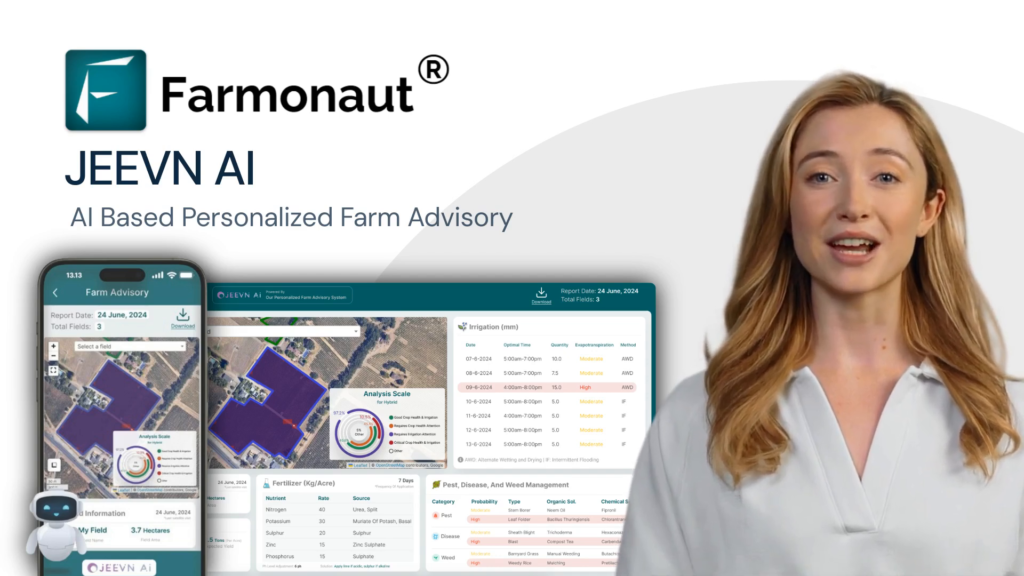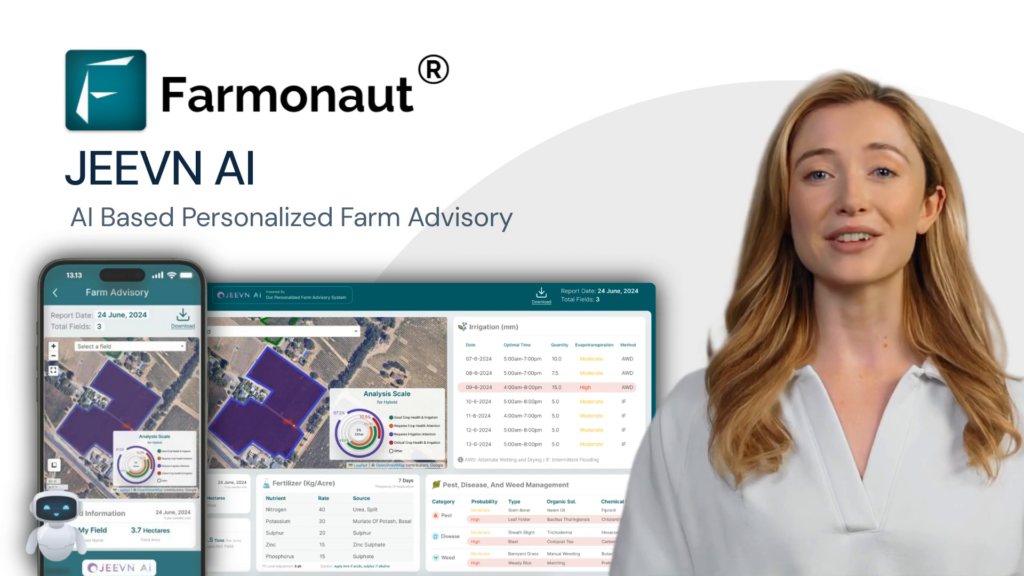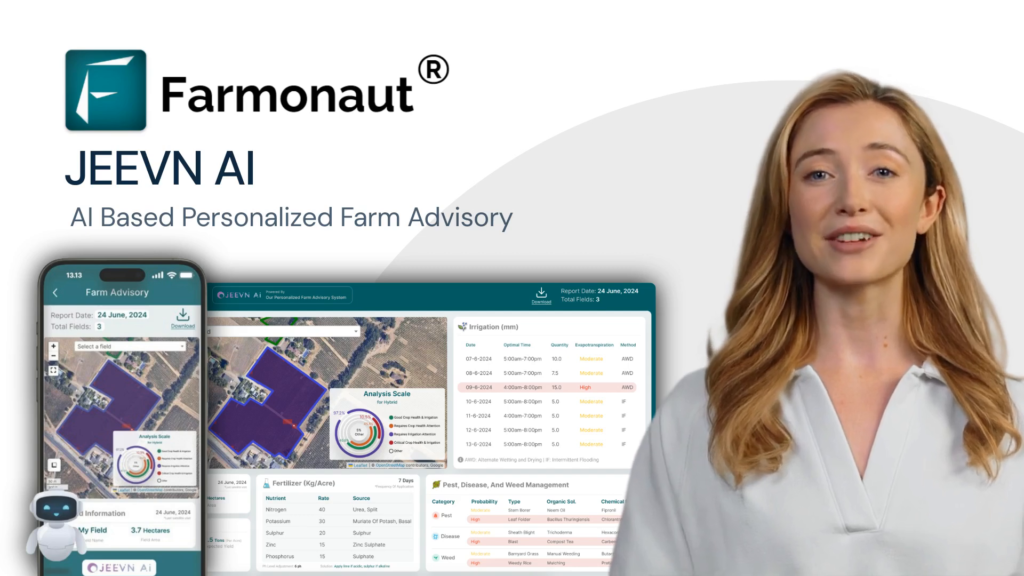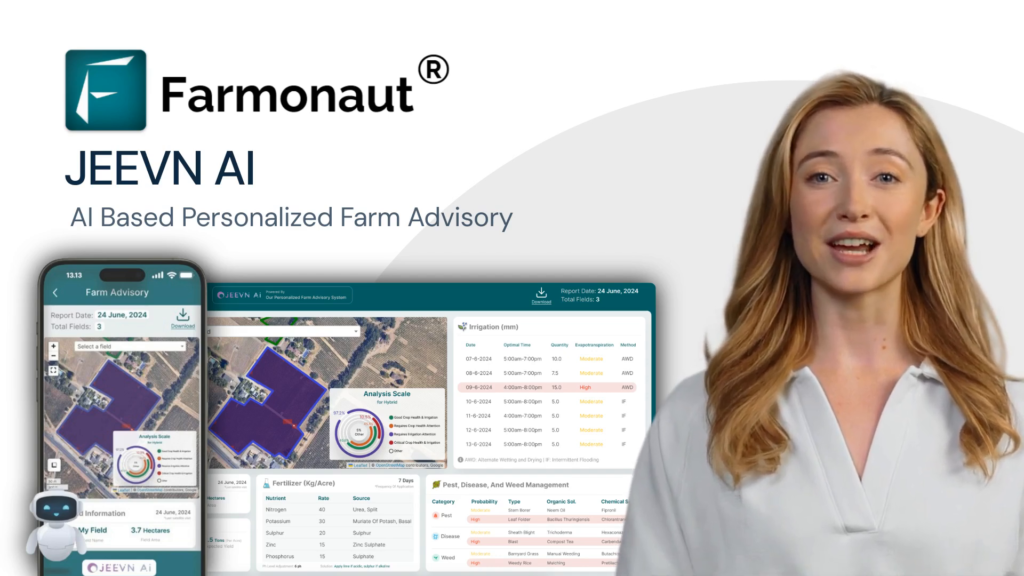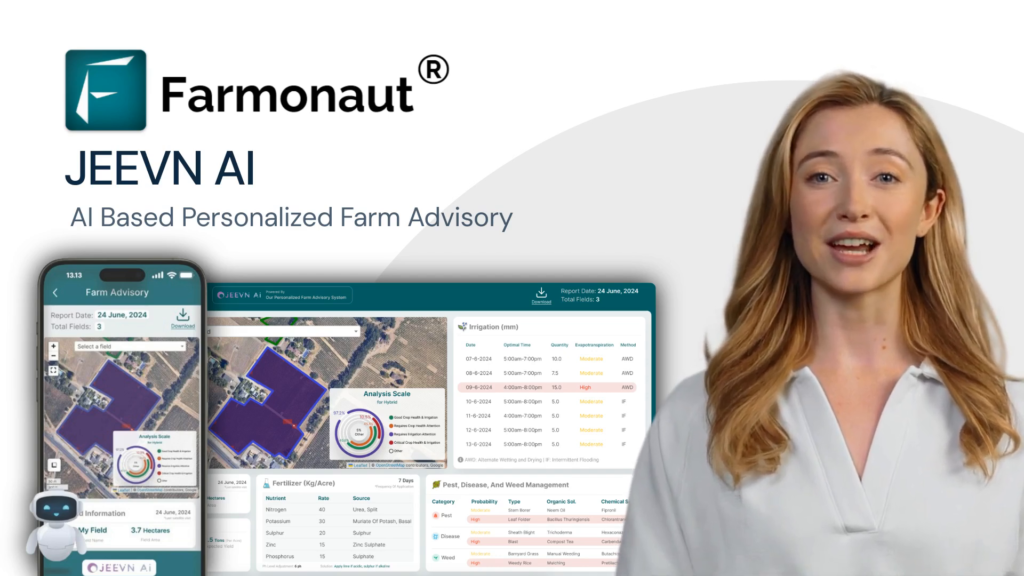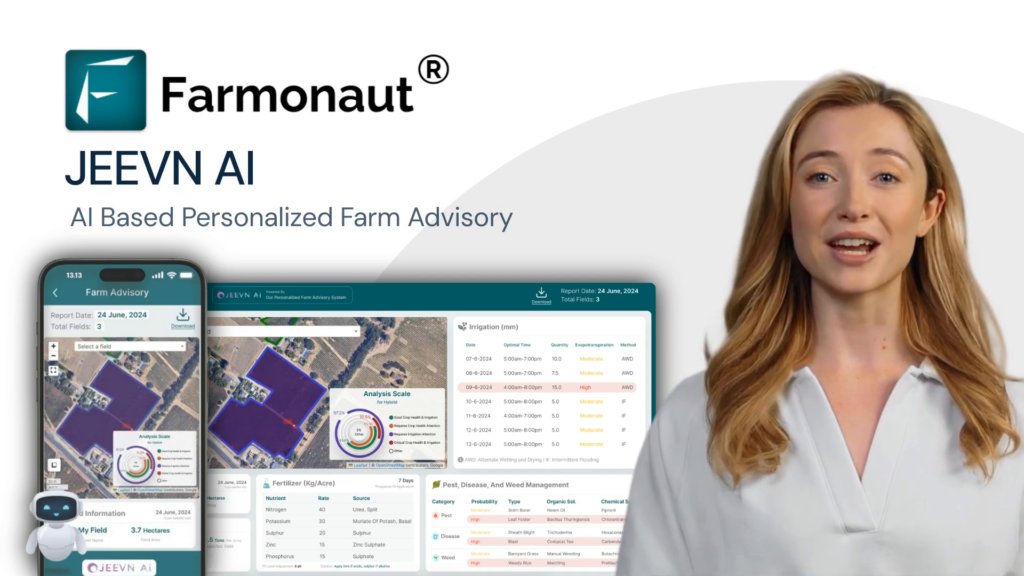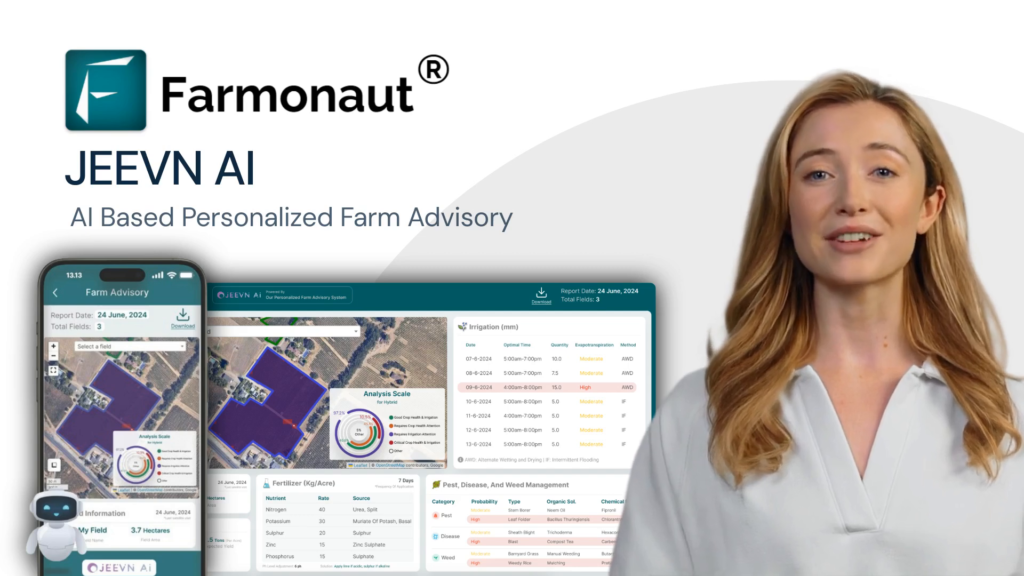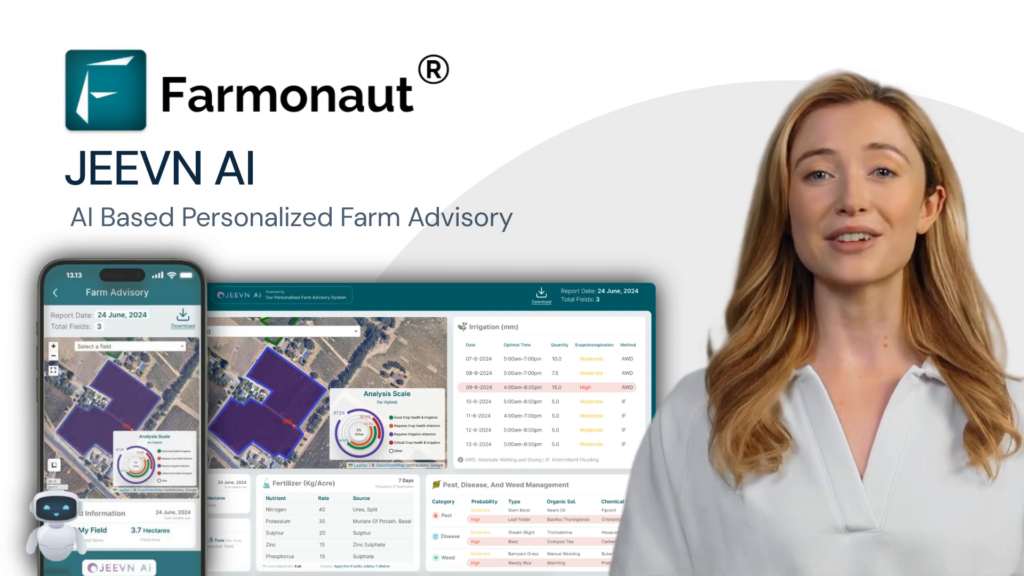Florida’s Affordable Housing Crisis: How Granny Flats and ADUs Could Reshape Urban Development

“Florida’s new ADU legislation could potentially increase workforce housing supply in single-family residential areas by thousands of units.”
In the face of Florida’s ongoing affordable housing crisis, we’re witnessing a potential game-changer in urban development. As your trusted source for innovative solutions, we at Farmonaut are excited to explore how “granny flats” and Accessory Dwelling Units (ADUs) could reshape Florida’s residential landscape. While our expertise lies in agricultural technology, we understand the importance of sustainable urban development and its impact on the communities we serve.
Let’s dive into this pressing issue and examine how these compact living spaces might offer a ray of hope for Florida’s workforce and homeowners alike.
Understanding the Florida Housing Crisis
Florida’s housing market has been under significant pressure for years, with demand far outstripping supply, especially in urban areas. This imbalance has led to skyrocketing prices, pushing affordable housing out of reach for many residents and essential workers. The situation has become so dire that it’s not just affecting individuals and families; it’s impacting the state’s overall economic health and workforce stability.
- Rising property values pricing out middle-income earners
- Lack of affordable rental options in job-rich urban centers
- Increasing homelessness and housing insecurity
- Strain on local infrastructure and services
These challenges have prompted lawmakers to seek innovative solutions, with ADUs emerging as a promising option to alleviate some of the pressure on the housing market.
The Rise of Granny Flats and ADUs
Accessory Dwelling Units, colloquially known as “granny flats,” are independent living spaces added to existing homes or properties. These units can take various forms, from converted garages to purpose-built structures in backyards. The concept isn’t new, but its potential as a large-scale solution to housing shortages is gaining renewed attention.
Key features of ADUs:
- Smaller footprint compared to traditional homes
- Can be integrated into existing residential areas
- Provide additional income for homeowners
- Offer affordable rental options for workers
The appeal of ADUs lies in their versatility and potential to increase housing density without dramatically altering the character of single-family neighborhoods.
Legislative Action: A Step Towards Solution
In Tallahassee, Florida’s capital, lawmakers are taking decisive action to address the housing crisis. Two bills, SB 184 and HB 247, are making their way through the legislative process with strong bipartisan support. These bills aim to require cities and counties across Florida to allow the addition of ADUs in single-family residential areas.
Here’s what you need to know about the proposed legislation:
- Mandatory allowance of ADUs in single-family zones
- Protections for homeowners’ property tax exemptions
- Restrictions on short-term rentals to ensure long-term housing availability
- Exemptions for planned unit developments and master-planned communities
This legislative push builds upon the “Live Local Act” passed in 2023, which was a significant step towards expanding workforce housing in the state. The new bills take this initiative further, potentially reshaping Florida’s approach to urban development and affordable housing.
The Potential Impact on Urban Development
If passed, these bills could have far-reaching effects on Florida’s urban landscape. By allowing for the creation of ADUs in established neighborhoods, we could see:
- Increased housing density without high-rise developments
- More diverse and inclusive neighborhoods
- Reduced urban sprawl and associated infrastructure costs
- Greater opportunities for multi-generational living
This approach to urban development aligns with the principles of smart growth, promoting sustainability and community cohesion.

Benefits for Homeowners and Renters
The introduction of ADUs into Florida’s housing market offers potential benefits for both homeowners and renters:
For Homeowners:
- Additional income from rental properties
- Increased property value
- Flexibility for multi-generational living
- Opportunity to downsize while staying in the same neighborhood
For Renters:
- More affordable housing options in desirable areas
- Proximity to job centers and urban amenities
- Potential for reduced commute times and associated costs
- Access to established neighborhoods and communities
These benefits could help address some of the most pressing issues in Florida’s housing market, providing relief for both long-time residents and newcomers to the state.
Addressing Concerns and Challenges
While the potential benefits of ADUs are significant, it’s important to address the concerns and challenges associated with their implementation:
- Parking and traffic congestion in residential areas
- Potential for short-term rental abuse
- Impact on neighborhood character and property values
- Strain on existing infrastructure and services
Lawmakers and urban planners are working to address these issues through careful regulation and community engagement. The proposed legislation includes measures to mitigate some of these concerns, such as restrictions on short-term rentals and exemptions for certain types of communities.
“The ‘Live Local Act’ and ADU initiatives aim to address Florida’s housing shortage, affecting millions of residents and workers statewide.”
Comparison: Traditional Homes vs. ADUs
| Housing Type | Estimated Average Size (sq ft) | Estimated Monthly Rent/Cost | Zoning Requirements | Potential Benefits for Homeowners | Potential Benefits for Renters | Impact on Urban Development |
|---|---|---|---|---|---|---|
| Single-Family Home | 1,500 – 2,500 | $1,500 – $3,000+ | Established residential zoning | Long-term equity, privacy | More space, yard access | Lower density, potential for sprawl |
| ADU/Granny Flat | 400 – 800 | $800 – $1,500 | New legislation allowing in single-family zones | Rental income, increased property value | Affordability, prime locations | Increased density, sustainable growth |
This comparison highlights the key differences between traditional single-family homes and ADUs, showcasing how granny flats could provide a more affordable and flexible housing option while contributing to sustainable urban development.
The Role of Technology in Urban Planning
As we discuss urban development and housing solutions, it’s worth noting the role that technology plays in shaping our cities and communities. While Farmonaut specializes in agricultural technology, the principles of data-driven decision-making and sustainable resource management are equally applicable to urban planning.
For those interested in exploring how technology can drive innovation in various sectors, including urban development, we invite you to check out Farmonaut’s suite of tools:
While our focus is on agricultural solutions, the principles of data analysis and resource optimization we employ could inspire similar approaches in urban planning and development.
The Future of Florida’s Urban Landscape
As Florida grapples with its housing crisis, the introduction of ADUs represents a significant shift in urban development strategy. This approach has the potential to:
- Create more inclusive and diverse neighborhoods
- Provide affordable housing options for essential workers
- Offer financial opportunities for existing homeowners
- Promote sustainable urban growth
The success of this initiative will depend on careful implementation, community engagement, and ongoing evaluation of its impact on Florida’s cities and towns.
Conclusion: A Step Towards Affordable Housing
Florida’s move towards embracing ADUs as a solution to its affordable housing crisis represents a bold step in urban development. By allowing for increased density in existing neighborhoods, the state is paving the way for more inclusive, affordable, and sustainable communities.
As we at Farmonaut continue to innovate in the agricultural sector, we’re excited to see similar innovation in urban planning and development. The challenges facing our cities require creative solutions, and the ADU initiative in Florida could serve as a model for other states grappling with similar housing issues.
For those interested in learning more about how technology can drive innovation across various sectors, we encourage you to explore Farmonaut’s offerings:
- Farmonaut API: Integrate powerful agricultural data into your own applications.
- API Developer Docs: Comprehensive documentation for developers looking to leverage our technology.
Earn With Farmonaut: Join our affiliate program and earn 20% recurring commission by helping farmers save 10%. Onboard 10 Elite farmers monthly to earn a minimum of $148,000 annually—start now and grow your income!
FAQs about ADUs and Florida’s Housing Crisis
- What exactly is an Accessory Dwelling Unit (ADU)?
An ADU is a secondary housing unit on a single-family residential lot. It can be attached to the main house, like a converted garage, or detached, like a standalone structure in the backyard. - How will ADUs help address Florida’s affordable housing crisis?
ADUs provide more affordable rental options in established neighborhoods, increasing housing supply without major changes to community character. - Will homeowners be required to build ADUs?
No, the legislation simply allows for ADUs. Homeowners can choose whether to add one to their property. - How will this affect property taxes?
The legislation ensures that homeowners won’t lose their homestead property tax exemptions if they add an ADU, though the ADU itself may be subject to property taxes. - Can ADUs be used for short-term rentals like Airbnb?
The proposed legislation includes restrictions to prevent ADUs from being used for short-term rentals, aiming to ensure they contribute to long-term affordable housing.
As Florida moves forward with this innovative approach to urban development, we’ll continue to monitor its progress and impact. Stay tuned for more updates on this and other important developments in urban planning and sustainable growth.
While our focus at Farmonaut is on agricultural innovation, we’re excited to see how principles of sustainability and data-driven decision-making are being applied to solve urban challenges. Whether it’s in farming or city planning, the future lies in smart, sustainable solutions that benefit communities and individuals alike.





